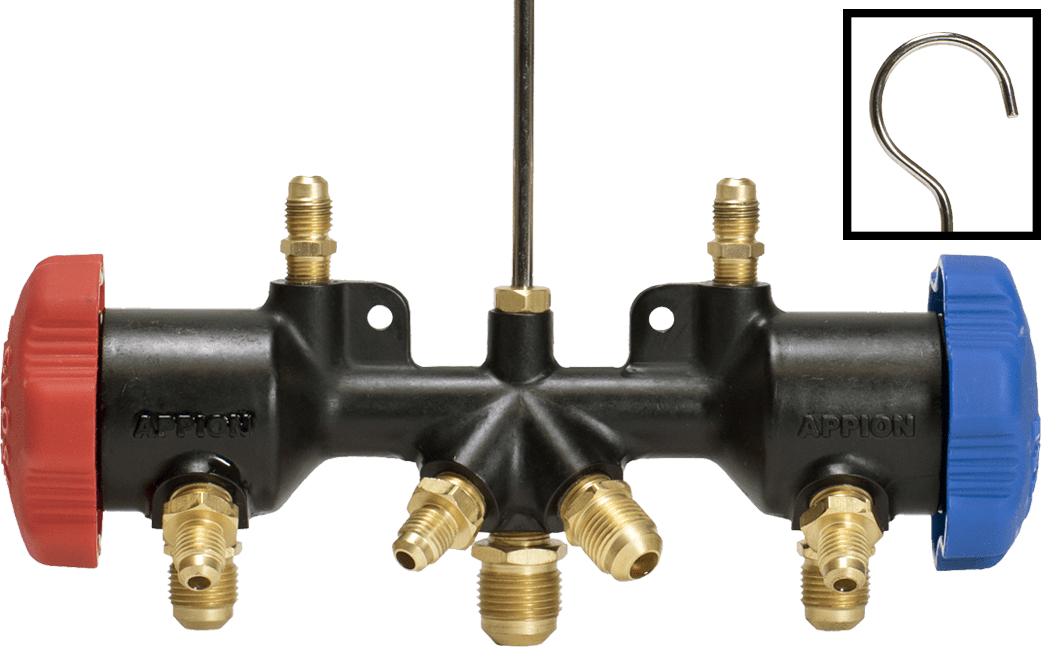


To get the pressure readings, attach the red hose to the HVAC system’s high-pressure line.This is one of the basic tasks of the HVAC manifold gauge.Reading vacuum pressure already in a system. You need specific knowledge on using these gauges for tasks such as vacuuming, testing, adding refrigerants, and recovering refrigerants from a cooling unit. For most HVAC gauges, the low side reading often ranges from 0 to 99.9 psi (350 in this example), while the red gauge goes up to 999 psi (800 in our example). Low-side gauges are blue, while the high-pressure side is color-coded red. These are for displaying the vacuum or pressure level in the AC unit. Your HVAC manifold will have two readout gauges. The utility chamber connects to any external source (refrigerant cylinder, vacuum pump, or recovery unit) via the yellow hose. The (red) high-pressure gauge hose attached to the high side connects to the corresponding high side of the unit under servicing. The low-pressure side of the device connects to the unit’s low-pressure port via its (blue) gauge hose. This component acts as the point of attachment for the three-chamber devices, namely: low-pressure chamber (left), utility chamber (middle), and high-pressure chamber (right). To service an AC unit or check if every device in an HVAC system is working correctly, you will need a set of pressure gauges with these main components: What you will Need to Use HVAC Manifold Gauges
HVAC MANIFOLD GAUGES HOW TO
If you don’t know how to use HVAC manifold gauges, you are at the right place. Technicians also use the gauges to check the vacuum pressure when charging or pressure testing a cooling unit.

The equipment is used for reading the pressure of gases and liquids, such as refrigerants in an air conditioning system. Any heating, ventilation, air conditioning, and refrigeration service technician require an HVAC charging manifold, or gauges, in their job.


 0 kommentar(er)
0 kommentar(er)
